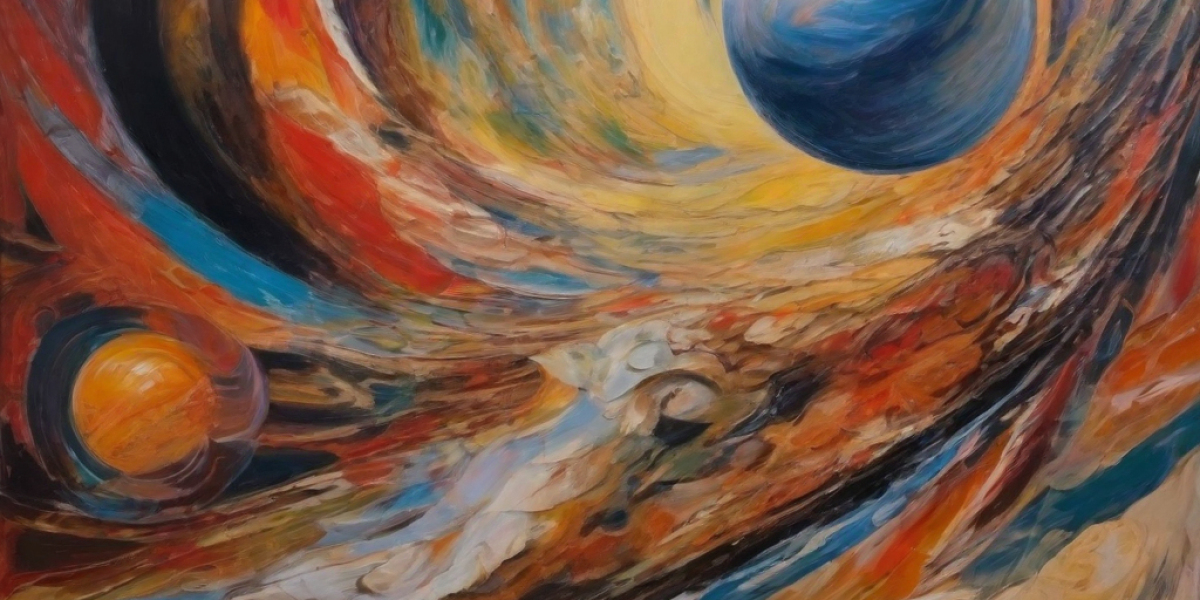# Exploring Jupiter: The Largest Planet in Our Solar System
## Introduction
Jupiter, the largest planet in our solar system, has long captivated the curiosity and imagination of scientists and space enthusiasts alike. With its immense size, unique features, and mysterious atmosphere, Jupiter offers a wealth of fascinating information to uncover. In this article, we will delve into the wonders of Jupiter, exploring its composition, physical characteristics, moons, and the ongoing scientific missions that aim to unravel its secrets.
## The Basics of Jupiter
### Size and Distance
Jupiter is the fifth planet from the Sun and is located at an average distance of about 484 million miles (778 million kilometers). With a diameter of approximately 86,881 miles (139,822 kilometers), Jupiter is more than 11 times larger than Earth.
### Composition and Structure
Jupiter is primarily composed of hydrogen and helium, similar to the Sun. Its atmosphere is made up of about 75% hydrogen and 24% helium, with trace amounts of other gases such as methane, ammonia, and water vapor. Beneath its gaseous exterior, Jupiter has a dense core made of rock, metal, and other compounds.
### Distinctive Features
One of the most recognizable features of Jupiter is its prominent cloud bands. These bands, consisting of swirling storms and turbulent atmospheric conditions, give the planet its vibrant appearance. The Great Red Spot, a massive storm system, is another notable feature. It is a swirling anticyclonic storm that has been observed for over 300 years and is larger than Earth itself.
## Exploring Jupiter's Moons
### The Galilean Moons
Jupiter is orbited by a staggering number of moons, with the current count standing at 79. Among these, the four largest moons, known as the Galilean moons, were discovered by the astronomer Galileo Galilei in 1610. They are Io, Europa, Ganymede, and Callisto.
#### Io
Io is the closest Galilean moon to Jupiter and is known for its intense volcanic activity. It has over 400 active volcanoes, making it the most geologically active object in our solar system. The volcanic eruptions on Io release sulfur compounds, creating a colorful and dynamic surface.
#### Europa
Europa, with its smooth icy surface, has long fascinated scientists due to the possibility of a subsurface ocean. This moon is believed to have a global ocean beneath its icy crust, potentially harboring conditions suitable for life. Future missions aim to explore Europa and search for signs of life.
#### Ganymede
Ganymede is the largest moon in the solar system, even larger than the planet Mercury. It has a diverse geological landscape, with grooved terrain, impact craters, and possibly an underground ocean. Ganymede's magnetic field is also unique among moons, indicating the presence of a subsurface liquid layer.
#### Callisto
Callisto, the outermost of the Galilean moons, is heavily cratered and has a relatively quiet geologic history. It is the most heavily cratered object in the solar system, with impact scars covering its ancient surface. Callisto's cratered terrain provides valuable insights into the early history of our solar system.
### Other Notable Moons
In addition to the Galilean moons, Jupiter has numerous other fascinating moons. Some of these include Amalthea, known for its elongated shape; Himalia, which has a highly irregular orbit; and Io's volcanic neighbor, Europa.
## Scientific Missions to Jupiter
### Pioneer and Voyager Missions
The exploration of Jupiter began with the Pioneer and Voyager missions in the 1970s and 1980s. Pioneer 10 and 11 provided the first close-up images of Jupiter, while the Voyager 1 and 2 spacecraft revealed detailed views of the planet and its moons.
### Galileo Mission
The Galileo mission, launched in 1989, was the first spacecraft to enter orbit around Jupiter. It provided a wealth of data about Jupiter's atmosphere, magnetic field, and moons. Galileo also discovered evidence of a subsurface ocean on Europa, further igniting interest in the moon's potential for hosting life.
### Juno Mission
Currently, the Juno spacecraft is studying Jupiter in unprecedented detail. Launched in 2011, Juno entered orbit around Jupiter in 2016 and has been providing valuable insights into the planet's atmosphere, magnetic field, and interior structure. Juno's mission aims to understand the origin and evolution of Jupiter and provide clues about the formation of our solar system.
## Conclusion
Jupiter, with its massive size, captivating features, and intriguing moons, continues to capture the imagination of scientists and space enthusiasts. Ongoing missions like Juno are unraveling the mysteries of this gas giant, shedding light on its composition, atmosphere, and potential for hosting life. As our understanding of Jupiter deepens, we gain valuable insights into the workings of our own solar system and the broader universe beyond.







